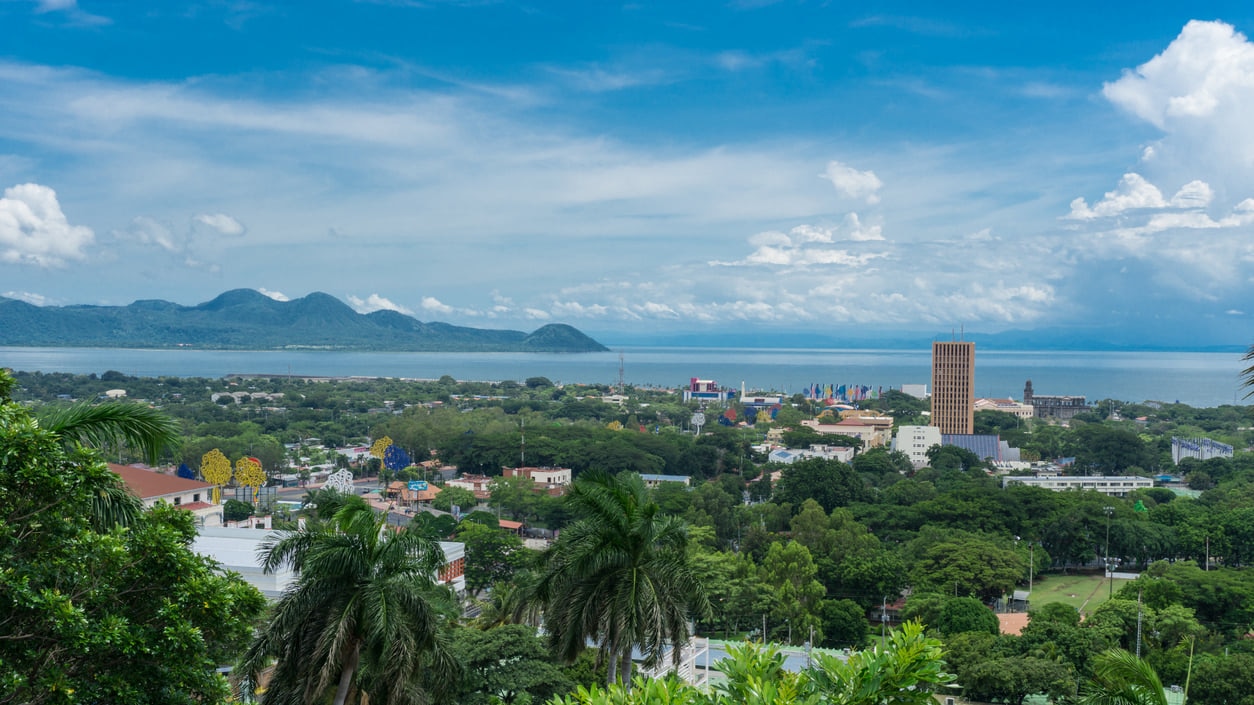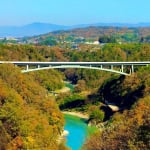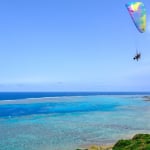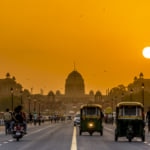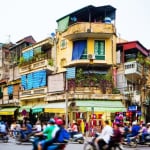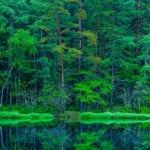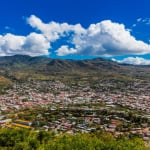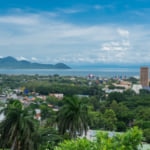Name:Plaza de la Revolución(Revolution Square)
Address:2 Av Suroeste, Managua 11001, Nicaragua
Located on the southern shores of Lake Managua, it is Nicaragua’s capital city since 1852 and the largest city in the country. Its residents are known as managuas or capitalinos. Despite being in shambles for a long time as a result of earthquakes that saw 90% of its downtown in shambles, it has undergone extensive urbanization becoming a governance and commercial center with famous beaches and rustic tourist attractions. Several museums, monuments, and historical artifacts/remnants offer great insights into the prehistoric knowledge of the area. Planning a trip Managua? Below are the top destinations to explore during your holidays.
table of contents
[x] close
Managua : The Perfect Place to Plan a Trip
- 1. Plaza de la Revolución (Revolution Square)
- 2. Old Cathedral
- 3. Tiscapa Lagoon Natural Reserve
- 4. National Palace of Culture
- 5. Montelimar Beach
- 6. Monumento a Sandino
- 7. Rubén Dario National Theatre
- 8. Martyrs of the National Workers Front (Monument to the unknown soldier)
- 9. Chocoyero-El Brujo Natural Reserve
- 10. Immaculate Conception Cathedral, Managua (La Chichona)
- ◎ Closing
1. Plaza de la Revolución (Revolution Square)
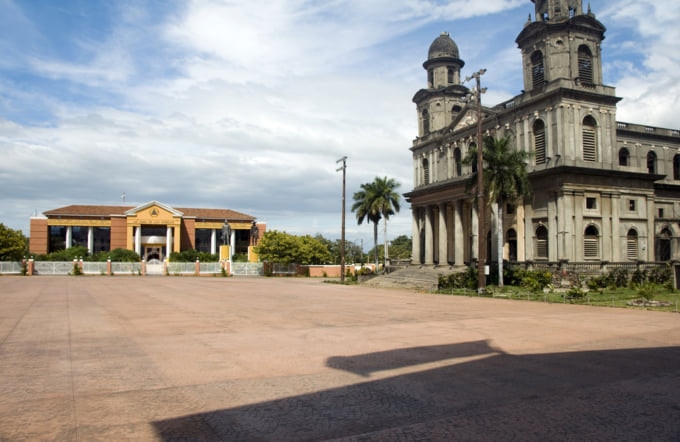
Photo by rj lerich/shutterstock.com
This plaza was inaugurated in 1899 by José Santos Zelaya, a national hero. It is a public, open space where different types of activities such as parades and protests are held. The tomb of Carlos Fonseca Amador, a Nicaraguan librarian, and teacher who founded the Sandinista National Liberation Front and was later killed in the mountains, rests on the northeastern part of the plaza. Built on what was known as Plaza del Cacique Tipitapa, where ten thousand indigenous archers are believed to have been buried, it is home to the old wrecked cathedral, the former National Assembly building and a memorial to the revolutionary heroes. The plaza well maintained and bright as its floodlights and the surrounding buildings stay illuminated in the evening. For photo lovers, it‘s picture perfect!
2. Old Cathedral
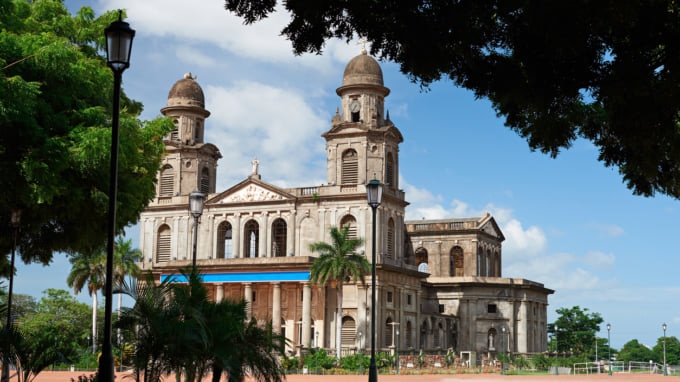
This plaza was inaugurated in 1899 by José Santos Zelaya, a national hero. It is a public, open space where different types of activities such as parades and protests are held. The tomb of Carlos Fonseca Amador, a Nicaraguan librarian, and teacher who founded the Sandinista National Liberation Front and was later killed in the mountains, rests on the northeastern part of the plaza. Built on what was known as Plaza del Cacique Tipitapa, where ten thousand indigenous archers are believed to have been buried, it is home to the old wrecked cathedral, the former National Assembly building and a memorial to the revolutionary heroes. The plaza well maintained and bright as its floodlights and the surrounding buildings stay illuminated in the evening. For photo lovers, it‘s picture perfect!
Name:Old Cathedral
Address:2 Av Suroeste, Managua 11001, Nicaragua
Related Site:https://www.atlasobscura.com/places/the-old-cathedral-of-managua-catedral-de-santiago
3. Tiscapa Lagoon Natural Reserve
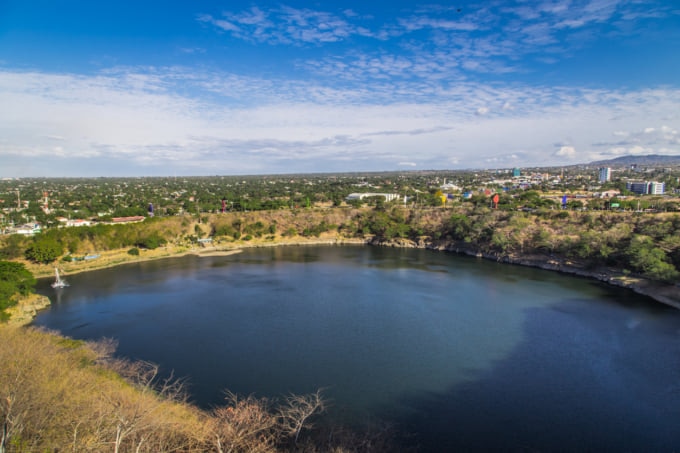
An easy drive from the Managua City Center, the volcanic lagoon formed over ten thousand years ago and measuring about 0.13 square kilometers is Managua’s top attractions and a must-see for first-time visitors. It is managed by the country’s Environmental and natural resources ministry, MARENA. Along the lagoon’s walls are stores and restaurants with some of the pre-Columbian artifacts found here being evidence of human habitation dating hundreds of years way back. Its ecosystem is unique with its characteristic flora and fauna. Activities you can indulge in on a visit to the lagoon include nature walks or a zip line canopy tour to enjoy unobstructed town views.
Name:Tiscapa Lagoon Natural Reserve
Address:2a Avenida N.E, Managua 11001, Nicaragua
4. National Palace of Culture
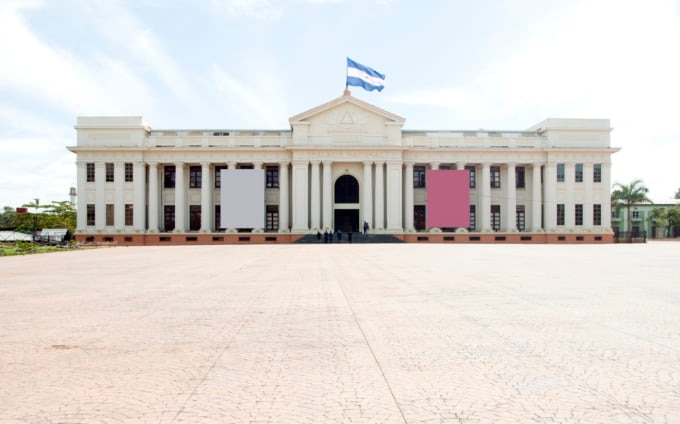
This is an important exposition center for arts and culture. The complex houses the National Museum, National Archives, and Library. It was originally the seat of Nicaragua’s government
You will enjoy walks through the nine galleries of the museum filled with pre-Columbian ceramics, jewelry, stone tools and artifacts, Latin America Paintings, dinosaur bones, and much more.
Name:National Palace of Culture
Address:4 Calle Noreste, Managua 11001, Nicaragua
Related Site:https://vianica.com/go/specials/17-national-museum-nicaragua.html
5. Montelimar Beach
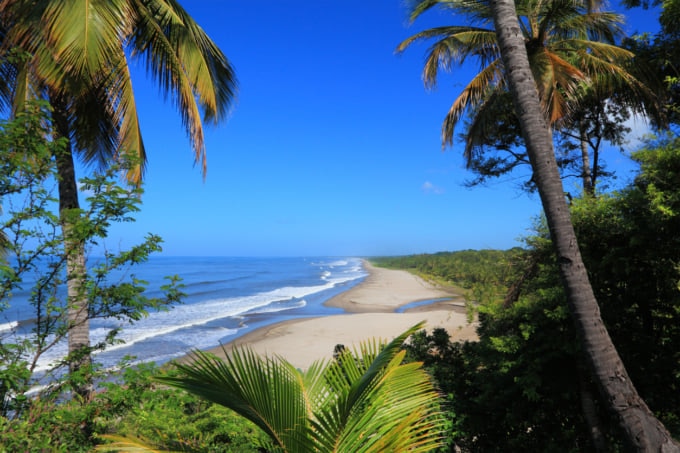
The beach is located on the coast of the Pacific Ocean in Nicaragua and has 3 km of white beach sand. The land where it sits on was originally owned by immigrants from Germany and was later confiscated by the Somoza dynasty during World War II. Unwind and Enjoy beautiful views of the sea from the Barcelo hotel resort and casino, a colonial style hotel built in 1989 between 2 fishing villages at the beach front.
Name:Montelimar Beach
Address:Carretera A Masachapa, Montelimar, Nicaragua
6. Monumento a Sandino
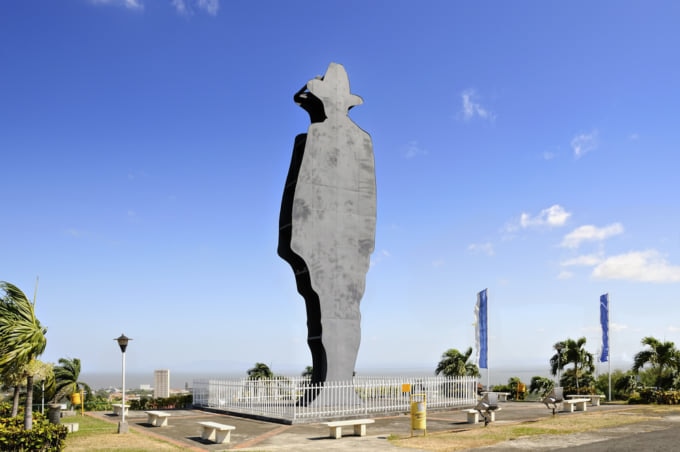
Photo by Ppictures/shutterstock.com
This statue can be seen from many parts of Managua and stands at 59ft, 18m high. It is made of steel and was erected in the year 1990 at the Parque Historico Nacional Loma de Tiscapa, where the presidential palace stood before the 1972 Nicaragua earthquake and where Sandino and his followers were executed. Augusto Cesar Sandino was a national hero who led a rebellion against the occupation Nicaragua by the United States of America. At the foot of the monument, you will find plaques that detail the life of Sandino. You’ll also get to look at the palace’s ruins and see a tank that was gifted by Benito Mussolini to Anastasio Somoza, a former dictator in Nicaragua. The monument sits on a volcanic hill above Tiscapa Lagoon, one of the highest points of Managua. It thus offers magnificent views of the city and Lake Managua. Downhill is the Roosevelt Monument which was originally built as a tribute to President Franklin D Roosevelt but dedicated to the Nicaraguan revolution martyrs in the present day.
Name:Monumento a Sandino
Address:Managua 11118, Nicaragua
7. Rubén Dario National Theatre
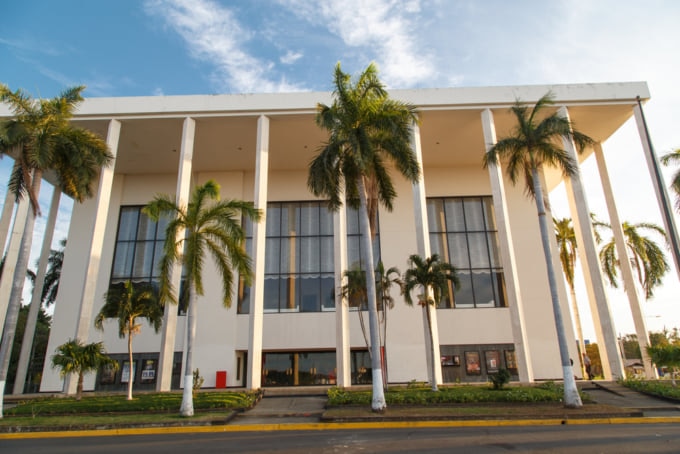
Photo by Riderfoot/shutterstock.com
Inaugurated in 1969, it is one of the few major buildings that survived the devastating 1972 Nicaragua earthquake. It maintained its original style and was named after Ruben Dario, a renowned Latin American poet. The theater is a leading cultural venue in Managua, where music, visual and theater arts shows and concerts take place. Other events such as fashion
Shows, conferences and book, presentations are also conducted here.
Name:Rubén Dario National Theatre
Address:Managua 11001, Nicaragua
Related Site:http://www.tnrubendario.gob.ni/
8. Martyrs of the National Workers Front (Monument to the unknown soldier)
This monument was erected in 1999 to pay homage to the front runners of the National Workers Front, a union of industrial state workers and small-scale workers. They lost their lives during the struggle against Somoza’s dictatorship. This monument was erected in 1999 to pay homage to the front runners of the National Workers Front, a union of industrial state workers and small-scale workers. They lost their lives during the struggle against Somoza’s dictatorship.
Name:Martyrs of the National Workers Front (Monument to the unknown soldier)
Address:Carr. Panamericana, Managua, Nicaragua
Related Site:https://www.hmdb.org/marker.asp?marker=93609
9. Chocoyero-El Brujo Natural Reserve
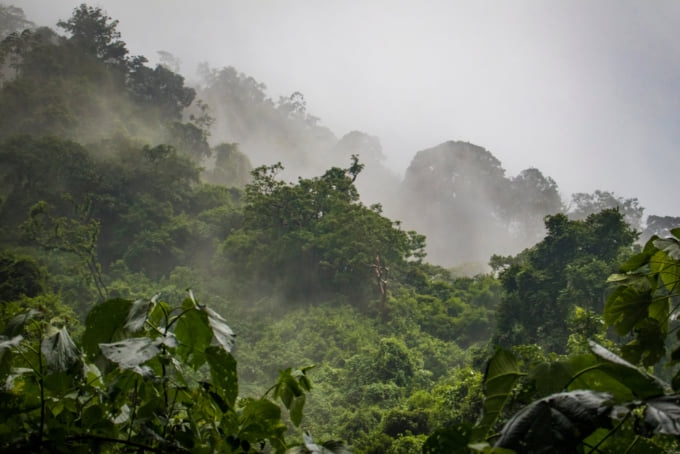
Photo by Elizabeth Winterbourne/shutterstock.com
This is a deep, Y shaped valley covering 455 acres of tropical forest. It is one of Nicaragua’s protected areas and was created to preserve almost one-third of Nicaragua’s water supply. Declared a natural reserve in the year 1993, it is managed by the Ministry of Natural Resources and environment. It has two waterfalls, Chocoyero and El Brujo that were named after the parakeets that inhabit the walls of the cliff. Chocoyero-El Brujo supplies Managua with about 20% of its water consumption. Due to the abundance of water, this natural reserve is very green with flourishing wildlife and boasts of over 154 species of plants and about 217 species of vertebrates. It is an important tourist attraction with an estimated 10,000 people visiting the reserve every year. Activities for visitors include hiking, bird watching, nature walks, cycling, guided tours, and overnight camping.
Name:Chocoyero-El Brujo Natural Reserve
Address:10/2 carretera a San Antonio Sur, Masaya, Nicaragua
10. Immaculate Conception Cathedral, Managua (La Chichona)
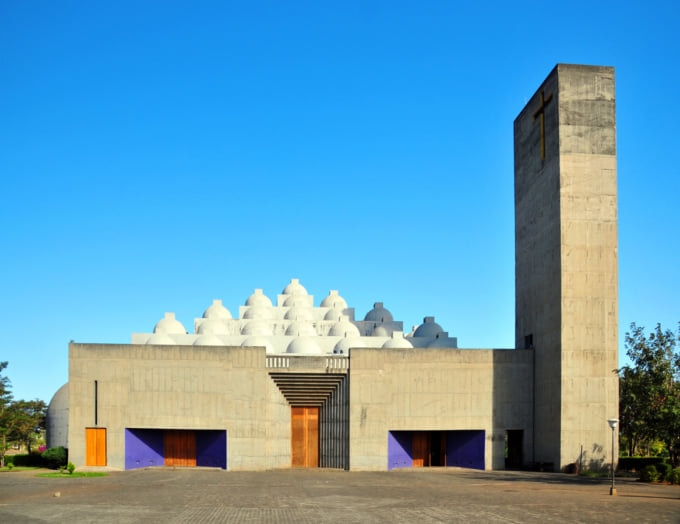
Also known as the New Cathedral, this Catholic Church cathedral was built in 1991 to replace the old cathedral that was destroyed during the 1972 earthquake. It was later opened on 4th September 1993 and dedicated to Virgin Mary’s Immaculate Conception. The cathedral was designed by a Mexican architect with its cost of $4.5m and style bringing about so much controversy. Since it has a plethora of arches resembling chicas (breasts), the locals call it La Chichona. Tom Monaghan, the then owner of Domino’s Pizza, helped cater partly to the cost of construction. Its towers contain the old cathedral’s bells. It is a very beautiful modern temple, with attractive architectural style where mass and other services such as meditation are conducted on a daily basis.
Name:Immaculate Conception Cathedral, Managua (La Chichona)
Address:14 Av Sureste, Managua 11129, Nicaragua
Related Site:http://www.curiamanagua.org/curia/
◎ Closing
Each country has her stories, and rich history and Nicaragua is no exception. Nicaragua’s Managua city is the heartstring that incorporates the city’s commercial and historical culture into an urban adventure. With many attractions spanning from the coasts of the Pacific through to the low mountains and wide plains that encompass lake Managua, this city has a lot to offer and is worth spending some time.
RELATED ARTICLES
REGIONS
CATEGORIES
FEATURED ON Nicaragua
MOST POPULAR ON Nicaragua
-
 1
1Doha: Must-see Attractions in the Capital of Qatar
-
 2
2Toronto: 10 Things to do in this Picturesque Canadian City
-
 3
3Amarillo: A City Famous for It’s Amazing Canyons, Great History and Music
-
 4
4South Korea: Dazzling Scenery, Rich Culture and Fascinating History
-
 5
5Kuwait: A Country in Middle East Asia Famous for Hot Sand Dunes and Stunning Cityscape
